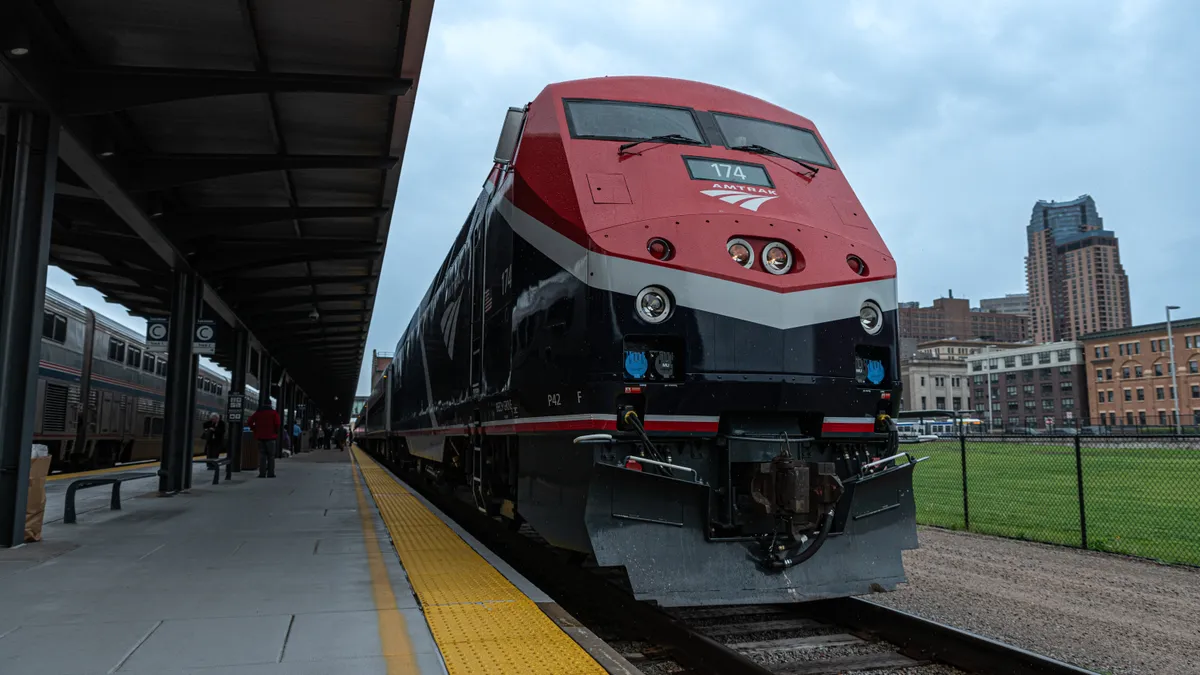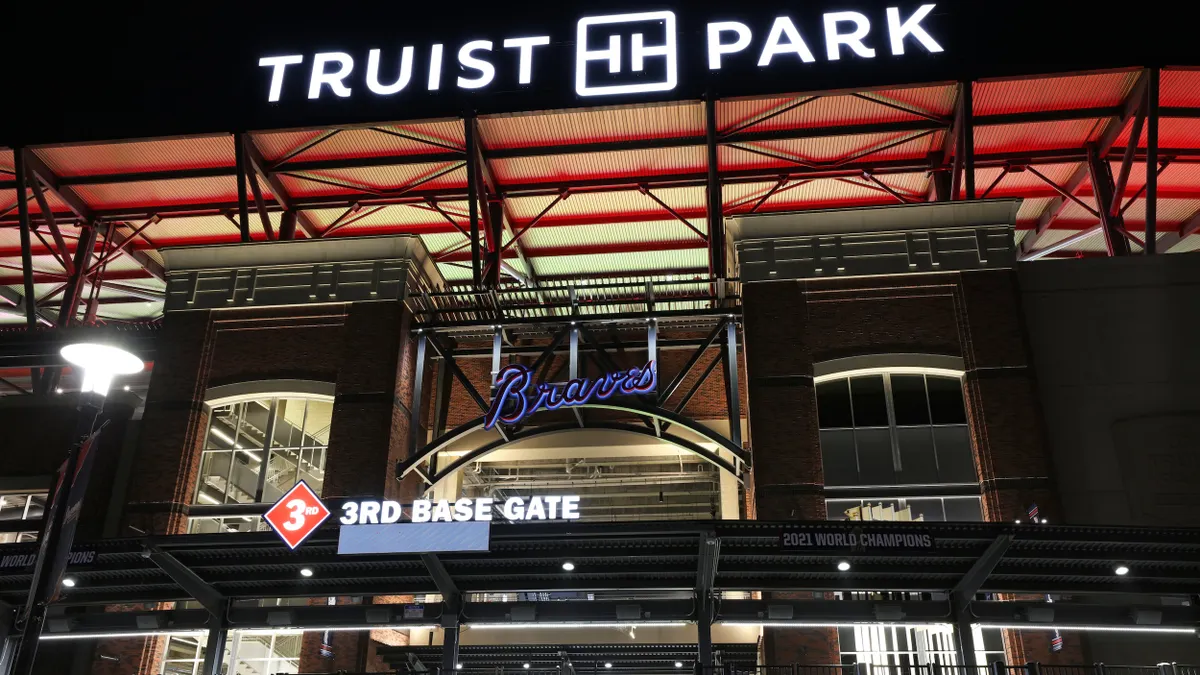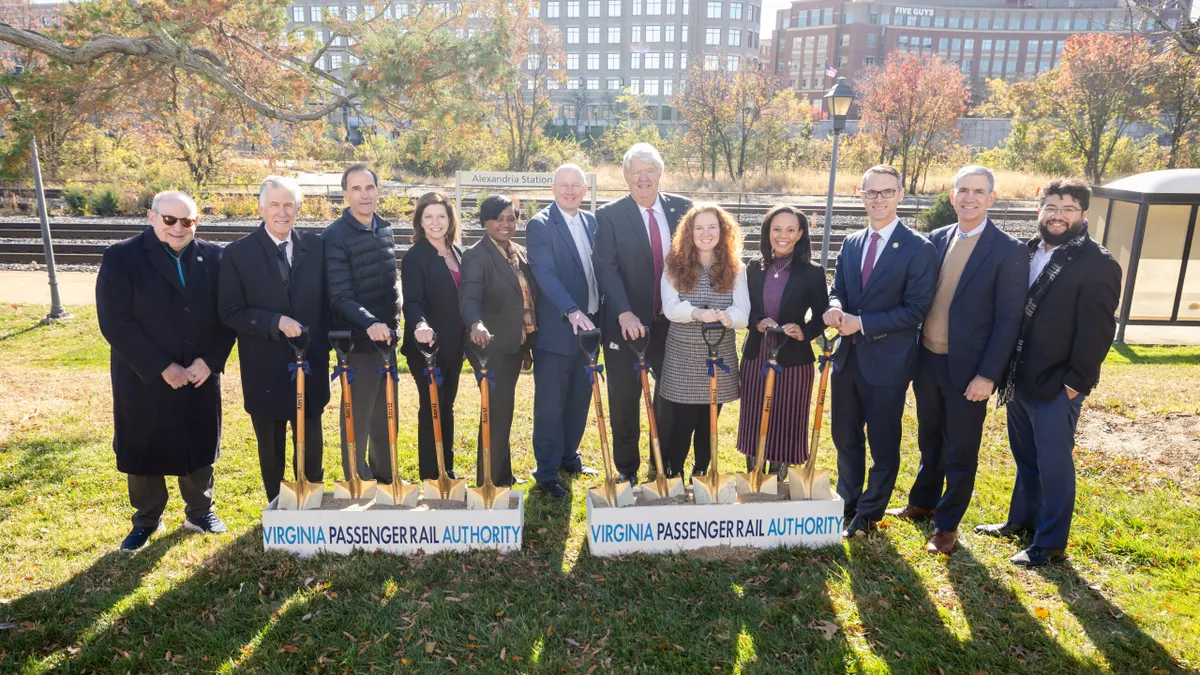California officials are quick to praise efforts to electrify the transportation sector, but no one is sure the state can meet its goal of having 1.5 million zero-emission vehicles (ZEVs) on the road by 2025.
“We are confident we can reach 1.5 million, but it is going to be a challenge,” said Joshua Cunningham, sustainable transportation technology chief at the California Air Resources Board (CARB).
The state now has more than 284,000 ZEVs on its roads and there are over 20 models in the marketplace. Officials point to a number of state and private programs to expand that number over the next eight years.
California’s three dominant electric investor-owned utilities (IOUs) will spend $197 million vehicle charging pilots already approved by the Public Utilities Commission, and some $1 billion of additional investments are currently under review.
The California Air Resources Board (CARB) is also soon expected to rule on Volkswagen's $800 million investment in electric vehicle charging in the state, part of a court settlement over its diesel engine emissions scandal. CARB itself kicks in $17 million to $20 million yearly to support electrification.
Those investments have California officials confident they are setting the groundwork to meet the ambitious ZEV goal. But encouraging consumer adoption is proving a more difficult battle.
"The companies have the vehicles and they are ready to sell them," CARB Chair Mary Nichols told Utility Dive at the Los Angeles March for Science. "But the public doesn’t yet understand they are a viable alternative because they are still too expensive and there is not enough charging and hydrogen fuel supply."
Even with its status as the nation’s most vibrant electric vehicle market, fewer than 3% of the vehicles registered in California last year were ZEVs, the CEO of an auto trade group recently wrote in the Sacramento Bee.
That leaves a “gap between hope and reality,” according Association of Global Automakers President and CEO John Bozzella, and it’s one that’s present nationwide. U.S. ZEV sales in 2015 were only 67,000 “and actually decreased 8% in California,” Bozzella wrote.
That lack of market momentum makes meeting the 1.5 million goal a steep challenge, but automakers and their regulators say they are committed. The Plug-in Electric Vehicle (PEV) Collaborative, which includes transport stakeholders from GM to Tesla, recently launched Veloz, a statewide education campaign to increase customer knowledge of EVs.
Whether that and other efforts are successful, however, will likely depend on whether California can address key barriers to EV adoption — customer education, infrastructure, cost and the state’s regulations themselves. In each case, the state’s utilities have a key enabling role to play.
The regulatory barrier
In 2013, Gov. Jerry Brown’s ZEV Action Plan established the 1.5 million vehicle goal. It was updated in 2016 to include pure electric vehicles, hydrogen fuel cell vehicles and plug-in hybrids.
The action plan was based on state regulations that award automakers with ZEV credits for delivering advanced zero-emissions technologies.
The question of whether California can reach its 2025 goal has a two-part answer, said Chuck Shulock, an independent environmental consultant and former CARB executive.
First, he said, the regulation itself has become an obstacle.
The ZEV program awards credits to automakers based on the amount of emissions per mile their cars eliminate, Shulock said. But EV technology has advanced since the rules were last updated in 2012, so automakers are now reducing more emissions per mile for every vehicle they deliver. That means they need to deliver fewer vehicles to meet their ZEV obligations.
Shulock did the research for an NRDC report released last year on the ZEV standards. It estimated that due to this scenario, automakers will only need 6% of their new vehicle sales in California to be ZEVs by 2025 to comply with the regulations, versus an original 15.4% goal.
“In California, only 1 million electric vehicles must be sold through 2025 to meet the ZEV standard, well short of the more than 1.6 million expected,” NRDC director Simon Mui wrote of the findings.
The regulation must be “tuned up” to target 15% of sales by 2025 and 33%, or even 40%, of sales for 2030, Mui argued. Other improvements suggested by Shulock’s research include a revision to the ZEV credits and giving automakers incentives to bring a wider range of vehicle types to showrooms.
Those changes don’t appear likely, according to Shulock.
“Prior to the 2016 presidential election, there was some thought that CARB would consider near-term revisions to the regulation,” he said. “But with the new administration, CARB’s attention appears to be focused on the post-2025 period.”
Even without those reforms, Shulock said the second part of the ZEV equation is that demand could make the regulation obsolete. If advances in technology lower EV prices and drive consumer adoption, the state could reach its 1.5 million target regardless of the rules.
But absent that demand explosion — seemingly unlikely given recent trends — Shulock expects the state to miss the 2025 goal.
“As long as there is inadequate demand to motivate automaker over-compliance, too few vehicles will be manufactured to reach the 1.5 million target,” Shulock said.
Customer education
If California ZEV adoption is to outpace the present regulatory requirements, education is expected to be essential.
Consumer awareness of PEV offerings, incentives, and features is inadequate, reports a just-released study from the National Academies of Science. This leads to “uncertainty and doubt” that “negatively affects” purchase decisions.
California’s transportation stakeholders will attempt to address that problem through the Veloz project, which will design general message campaigns similar to the “Got Milk?” spots that can be narrowed to address specific consumer concerns.
Veloz is intended to address the lack of information for customers, along with IOU pilots that spread the message through EV rebates and charger programs. Auto manufacturers can also have an impact, said Cunningham, by working with their dealer franchises on advertising and training programs.
“Some independent dealers may not be as motivated, but they want to sell cars, so ZEVs will become more of a focus as the market grows,” he said.
AGA’s Bozzella, whose trade group represents U.S. franchises for 12 foreign carmakers, agreed on the importance of consumer education. “More than 75% of California drivers don’t know the state offers plug-in electric vehicle incentives, and almost 80% aren’t aware of the federal tax credit,” he wrote in the Bee. “We can all do a better job of spreading the word.”
Veloz is an outgrowth of the PEV Collaborative’s current work and will require significant financial backing, said executive director Catherine Kehoe. Some PEV Collaborative members have already signed on at a higher level but “we are looking at the full menu of funding options.”
The cost question
All the consumer education in the world won’t make much of a difference if ZEVs are too expensive for most consumers. But while not as ubiquitous or diverse as gasoline car offerings, Bozzella noted in his op-ed that ZEVs are becoming quite competitive in California, particularly when subsidies and rebates are factored in.
Californians can choose from a wide range of ZEV styles and sizes and pay “less than $30,000 or more than $100,000,” he wrote.
“The underlying problem,” he argued, “is that there is no purchasing mandate for consumers.”
Cunningham said EVs “are still a little more expensive than conventional cars, but costs are coming down much faster than predicted.” Because the cost may stay higher than many gas vehicles through 2025, keeping state and federal incentives in pace will be “critical,” he said, along with finding innovative ways to cut ZEV costs.
Proceeds from the just-passed SB 1, which raises California’s gasoline tax, will help fund ZEV initiatives, Cunningham said. “It will also make EV drivers’ gasoline savings slightly better.”
CARB is studying new lease and loan products that could stimulate sales and it is evaluating how electricity rates for consumers can make charging more attractive, Cunningham said.
“There is adequate time for utilities to pilot different kinds of rates, including time-of-use and demand charge structures, to see what does and doesn’t work,” he said.
But while rate changes can take time to roll out, Cunningham stressed that other utility participation, particularly building EV charging infrastructure, is too “high-priority” to be done slowly.
The infrastructure buildout
In an ideal EV market, the ratio of vehicles to charging stations should be about four to one, said Brett Hauser, CEO of charging station software provider Greenlots.
“Right now, in California, it is between ten to one and 20 to one,” he said, “and a lot needs to be done to drive that ratio down.”
IOU pilot program investments have begun to address the need for charging infrastructure but the state needs to move faster, especially on growing direct current fast chargers (DCFCs), Cunningham said. CARB hopes the CPUC, which has so far been cautious and methodical in approving utility DCFC proposals, “will begin to give that a higher priority,” he added.
The CPUC’s lengthy deliberations on DCFCs, including rejecting a PG&E charger proposal in 2015, is in keeping with findings in a 2014 joint study from the National Renewable Energy Laboratory and California Energy Commission.
That study argued that while DCFC installation could spur EV growth, making a business case for fast chargers is “challenging” until EV adoption spreads further.
This gets at a common chicken-or-egg problem in EV policymaking, regarding whether regulators should allow utilities to build out chargers that may not be profitable today in order to build customer confidence in the charging network. The joint report noted a number of these “compelling reasons,” including “safety and convenience concerns” and “building consumer confidence in EVs and associated infrastructure.”
There is significant private and public investment on the horizon for EV chargers, said Tyson Eckerle, deputy director for ZEV infrastructure at the Governor’s Office of Business and Economic Development. But much of it is coming slowly, in anticipation of post-2020 vehicle growth.
There are also signs of investment in hydrogen fuel cell vehicle infrastructure but it is “about five years behind the EV market,” Eckerle added.
In terms of investment today, CARB’s Cunningham said the $800 million expected from Volkswagen could have a major impact on charging station expansion, Cunningham said. CARB intends to make certain the investment does not, as some stakeholders worry, stifle opportunity for other private sector charger providers.
VW’s money “is a critical investment at a critical time,” NRDC attorney Maxwell Baumhefner told Utility Dive. Though it will leave at least a $1.3 billion spending shortfall and not meet even 15% of the CARB-estimated need, it will significantly help in filling “a growing infrastructure gap” for EVs.
Greenlots Hauser expects VW’s money to be “a rising tide that lifts all ships.”
“The intent is to enable everyone in the market to deploy more infrastructure and to find utility site hosts or property owner site hosts to operate charging as they see fit,” he said.
The VW investment will likely address another infrastructure need, Hauser said. The proposal advocates open standards and interoperable charging station software that will allow “driver roaming,” he said. Drivers will be able to access any participating provider’s charging stations.
Open, standardized communications protocols would also allow grid operators to use EVs as distributed energy resources, according to a new paper from the Smart Electric Power Alliance.
Eckerle said the Brown administration is leading working group composed of private and public sector stakeholders is in the process of identifying those protocols. “The objective is to attract private investment that amplifies market adoption of ZEVs.”
Is 1.5 million realistic?
As 2025 approaches, California officials appear to accept that the 1.5 million ZEV target may be out of reach.
The ZEV regulation’s challenges and other factors could well limit the number to about 1.2 million by 2025, said Cunningham. But a new CARB strategy document proposes a new target of 4 million ZEVs by 2030 that regulators say is achievable.
“That does not mean we will miss the 1.5 million target,” Cunningham said. A new 2030 goal could drive private sector competition that could move manufacturers “above minimum compliance” as they prepare to meet the new requirements.
Recent outside appraisals have also delivered mixed forecasts.
ast month, the Rocky Mountain Institute released an assessment of charger data from 230 fast chargers in California.
In the first of four scenarios modeled for charger buildout, California did not meet the 1.5 million ZEV goal. It did, however, reach the number in the other three scenarios generated from the data, said Chris Nelder an EV specialist at the think tank.
“Are those three scenarios realistic? We're so early in the adoption curve I can only say they are not unrealistic,” he said.
Consumer demand is clearly strong, said NRDC’s Baumhefner, judging by the over 400,000 people who recently paid a refundable $1,000 deposit for the new Tesla Model 3.
“With the right vehicles and charging stations in the right places, we can meet the goal,” he said.
But whether California hits the 1.5 million number is of less concern to Eckerle and the governor’s office than “building momentum in the market.”
“1.2 million or 1.5 million or 1.7 million would be a success if there is momentum,” Eckerle said, but much will be up to the automakers themselves. “We are doing everything we can in partnership with them to seed the market.”





















